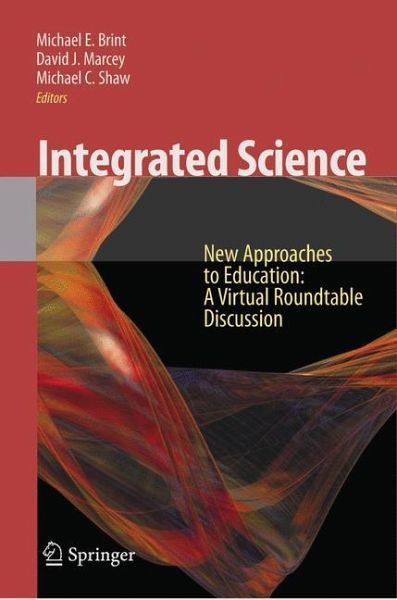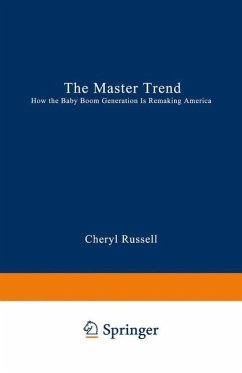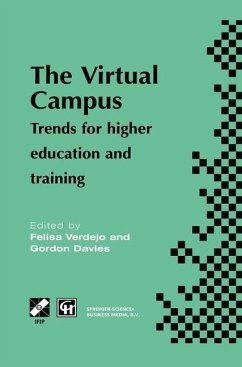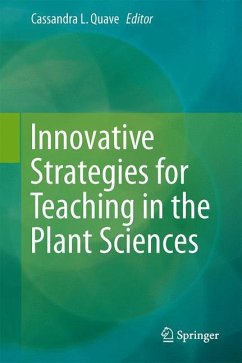
Integrated Science
New Approaches to Education A Virtual Roundtable Discussion
Herausgegeben: Brint, Michael E.; Marcey, David; Shaw, Michael C.

PAYBACK Punkte
17 °P sammeln!
Across science and engineering, new opportunities are unfolding at the convergence of traditional fields. To meet the demands for students with interdisciplinary education, new undergraduate curricula have emerged. Biomedical engineering, for example, builds upon foundations in biology, physics, chemistry and materials science coupled with engineering design principles.In building successful interdisciplinary science programs, however, many questions must be addressed. Although many resources exist for developing and implementing new academic programs, there does not exist in a single volume t...
Across science and engineering, new opportunities are unfolding at the convergence of traditional fields. To meet the demands for students with interdisciplinary education, new undergraduate curricula have emerged. Biomedical engineering, for example, builds upon foundations in biology, physics, chemistry and materials science coupled with engineering design principles.
In building successful interdisciplinary science programs, however, many questions must be addressed. Although many resources exist for developing and implementing new academic programs, there does not exist in a single volume that adequately address this important topic. Integrated Science: New Approaches to Education is a focused collection of essays addressing the myriad challenges associated with conceptualizing, developing, implementing and measuring the success of new undergraduate programs in interdisciplinary science and engineering fields. This book will provide an overview of this process drawn from a broad perspective of experts within their respective fields.
In building successful interdisciplinary science programs, however, many questions must be addressed. Although many resources exist for developing and implementing new academic programs, there does not exist in a single volume that adequately address this important topic. Integrated Science: New Approaches to Education is a focused collection of essays addressing the myriad challenges associated with conceptualizing, developing, implementing and measuring the success of new undergraduate programs in interdisciplinary science and engineering fields. This book will provide an overview of this process drawn from a broad perspective of experts within their respective fields.














